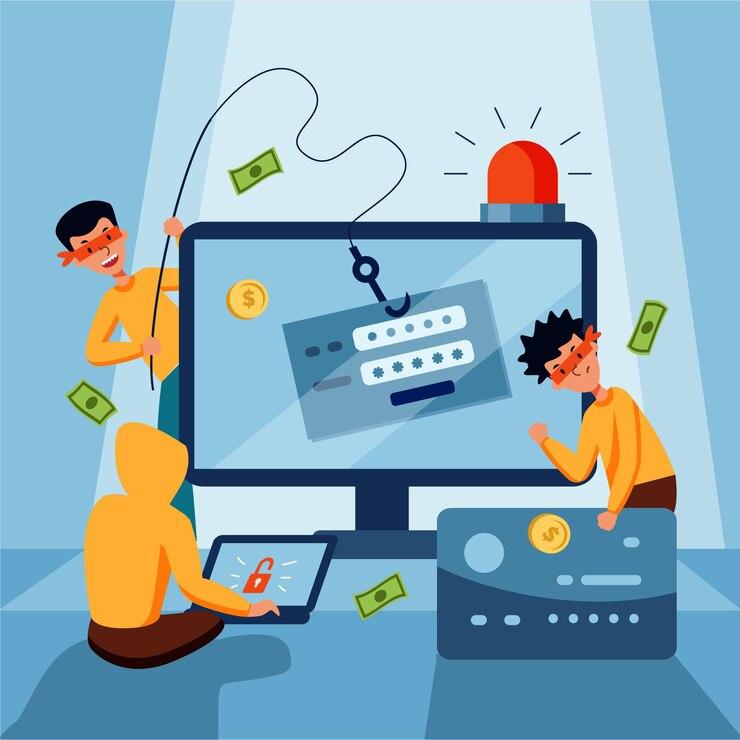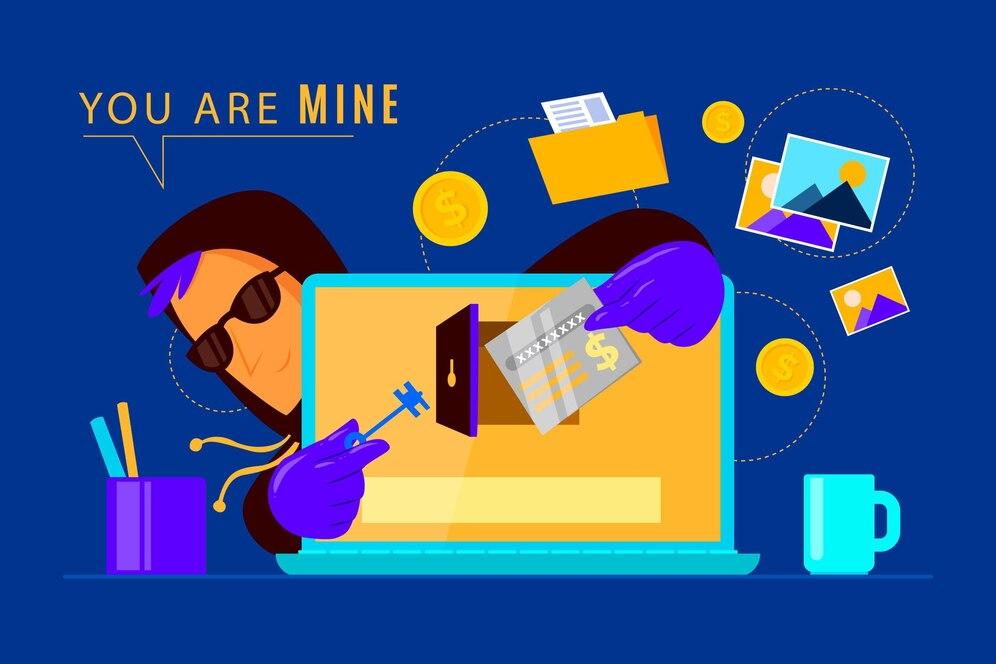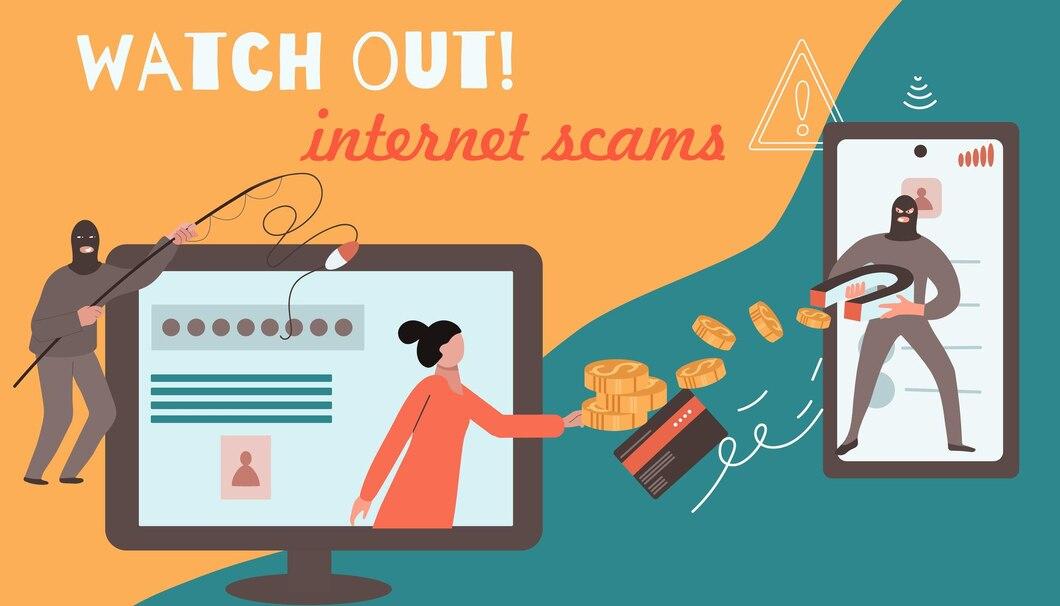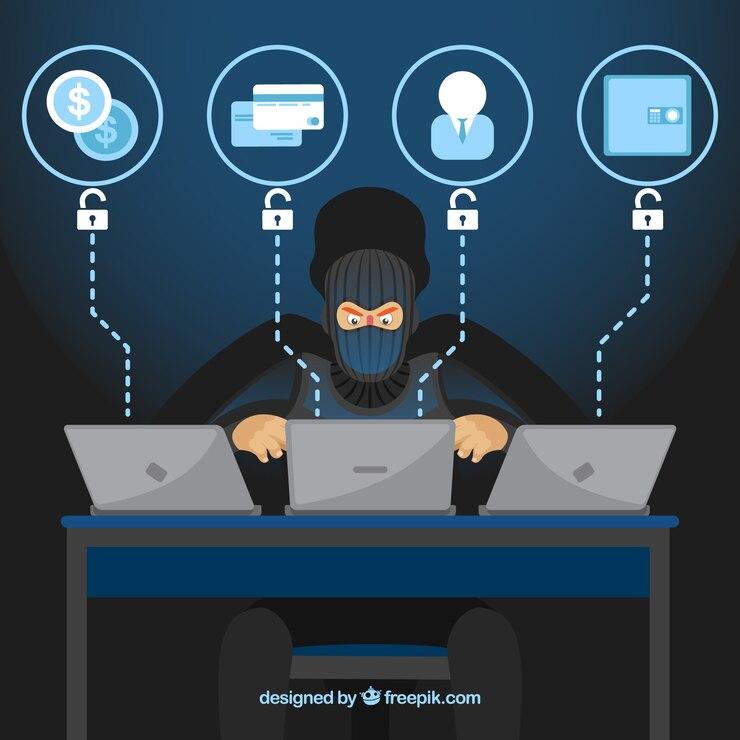In recent years, image and video processing technologies have reached unprecedented heights. One of the most discussed and, unfortunately, dangerous manifestations of these technologies is the creation of deepfakes. These fake videos, where people's faces are replaced or altered using artificial intelligence, open new horizons for both creative professions and financial criminals.
Understanding Deepfakes: Technology and How They Work
Deepfakes are videos altered using deep learning technologies. These manipulations are based on neural networks trained on large datasets. These data can include photos and videos of a specific person, allowing the algorithm to "learn" and produce new content that is difficult to distinguish from the original.
How does deepfake technology work? First, the neural network analyzes many images and videos of the person whose face needs to be replaced. Then it creates a model that can generate new images of this person, combining facial expressions and movements with the faces of other people. The result is a manipulated video where the original facial expressions and voice movements remain in place, but the face is replaced.
The misuse of such technologies is dangerous, and as practice shows, fraudsters have quickly adapted to these new possibilities. Over time, deepfakes have become one of the tools used for financial crimes.

How Fraudsters Use Deepfakes for Financial Schemes
Face Forgery in Video Appeals
One of the most common ways deepfakes are used in fraud is through the creation of fake video appeals from known individuals. Fraudsters may request money or personal information while impersonating celebrities, businesspeople, or even family members of the victim.
For example, they might create a video where a well-known banker urges investment in a non-existent project. The appearance of a "live" face on the screen creates an illusion of trust for the victim and can lead to significant financial losses. Such videos often look quite realistic, which makes victims trust them more than text messages or ordinary phone calls.
Manipulation in Business Videos
Deepfakes also become a tool for fraud in business. There are many cases where criminals have used this technology to simulate contract signings or approvals. For example, a fraudster might present a video where a company CEO approves a major deal or a request to transfer funds. This can lead to significant losses for organizations and damage to their reputation.
In addition, such new scam technologies can be used to steal intellectual property. Fraudsters might create a video where company representatives discuss confidential information, allowing them to hack the business or extort money.
Phone Call Deception
There are technologies that can combine deepfakes with other forms of fraud, such as phishing. For example, fraudsters can use deepfakes to create fake video appeals from bank employees or other organizations, then call the victim by phone. They can convince the victim to provide personal data, such as credit card numbers or passwords.

Possible Consequences and Risks Associated with Using Deepfakes
The use of deepfakes in fraud has serious consequences for both individuals and society as a whole. Here are some of them.
Financial losses for victims. Financial crimes using deepfakes can lead to significant losses for victims. People can lose their savings, investments, and even their homes due to deception. In some cases, fraudsters can gain access to bank accounts, making victims even more vulnerable.
Decreased trust in media content. As technologies become available to the general public, this leads to decreased trust in authoritative sources of information. If deepfakes can be used to create forgeries, it can undermine the reputation of media companies and public trust in information overall.
Increased societal uncertainty. The widespread distribution of deepfakes can cause public panic and distrust. People will start to doubt even what they see with their own eyes. This will lead to paranoia and cancel culture among the population, significantly altering social and cultural norms.

Methods to Protect Against Deepfakes and Financial Fraudsters
The main way to protect against fraud using deepfakes is education. People need to be aware of the existence of such technologies and understand how they can be used by criminals.
There are technologies that can help detect deepfakes. For example, some companies are developing software that can analyze videos for anomalies in motion, facial expressions, and other signs indicating manipulation. These technologies can be useful for both individual users and organizations.
Financially literate citizens should always verify information sources. If you see a video appeal or information from a known person, it's always worth checking other resources or contacting that person directly before taking any action.
The Future of Deepfakes and Financial Crimes
The need to combat the diffusion of technologies like deepfakes is becoming increasingly relevant. Every new invention leads to changes in public consciousness and opens new opportunities for fraud. However, with the sense of danger comes responsibility.
Fighting fraud in the era of deepfakes requires collective efforts. It affects not only those directly facing the consequences of deception but also the entire economy and society as a whole. The measures mentioned, such as education, technology, and legislative regulation, can play a key role in protecting against the threats posed by deepfakes.

Deepfakes undoubtedly represent one of the most serious new challenges facing society in the realm of financial fraud. Technological advancement as a catalyst for abuse shows that we must be vigilant, informed, and prepared for the challenges posed by new technologies. Education, technology, and legislative measures will help us address this threat and build a safe digital future.


